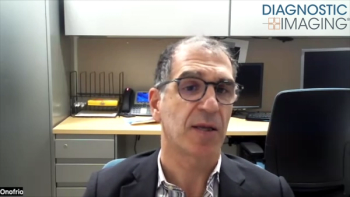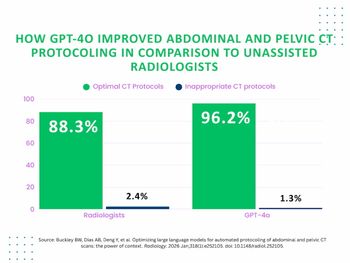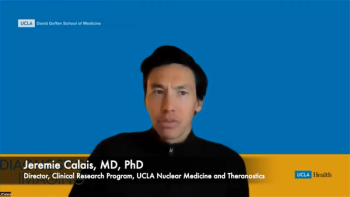
Breast Imaging Burnout: 6 Ways to Alleviate the Stress
Breast imagers could be among the most highly burned out sub-specialists, but there are ways to reduce the work fatigue.
In less than 20 years, radiology has seen a 70-percent drop in happiness among its providers throughout all subspecialties, and breast imagers could rank among the most burned out, according to a new study.
To date, much has been written about how the increased workload and other pressures have consistently chipped away at radiologist happiness, said a multi-institutional team. Little research has focused on breast imaging, but the emotional and intellectual demands associated with this specialization indicate breast imagers could face higher levels of professional fatigue than their colleagues.
“Breast imaging shares common risk factors with other radiology subspecialties. In addition, compared to other radiology subspecialties, breast imaging has one of the highest litigation risks, as most errors lead to misdiagnosis of breast cancer,” said the team led by Sofya Kalantarova, M.D., a radiology resident at New York University Winthrop Hospital. “This medicolegal risk can place immense emotional burden on breast imaging radiologists who often need to have difficult conversations with patients to recommend invasive breast procedures of suspicious findings and to ultimately inform them of breast cancer diagnosis.”
Related Content:
In their article published Sept. 23 in
In an effort to avoid or recuperate from burnout, the team recommended providers try these steps:
- Employ a patient coordinator or navigator to counsel patients prior to a procedure and deliver results. This can keep the level of patient interactions manageable for the provider.
- Delegate procedure performance to a nurse practitioner or physicians assistant, freeing up more time for image interpretation.
- Use artificial intelligence tools, such as computer-aided detection, to pinpoint significant findings.
- Work to forge a collegial environment with colleagues from other specialties in order to lower stress, encourage collaboration, and foster open discussion about difficult cases.
- Encourage flexible work schedules, providing resources, such as home workstations, to support these efforts.
- Clearly communicate all productivity expectations and consider adopting the concept of an academic RVU alongside the traditional RVU to account for the writing, research, and teaching activities many breast imagers frequently do.
Ultimately, it is critical for the industry to address these high levels of burnout to help safeguard providers, the team said.
“Burnout is a major threat to healthcare providers, including breast radiologists. It is important for breast radiologists to understand key concepts relating to burnout, including how to evaluate for burnout and ways to address it,” the team said. “While both individual and organizational approaches to addressing burnout exist, it is essential for institutions to take an active role in embracing these concepts and encouraging their staff to have honest discussions about wellness, work-life balance, and burnout.”
For more coverage based on industry expert insights and research, subscribe to the Diagnostic Imaging e-newsletter here .
Newsletter
Stay at the forefront of radiology with the Diagnostic Imaging newsletter, delivering the latest news, clinical insights, and imaging advancements for today’s radiologists.




























